-Dan dos Santos
So what do you do when you’re leaving for IlluXcon in just 8 hours, and your painting still isn’t dry enough to varnish?
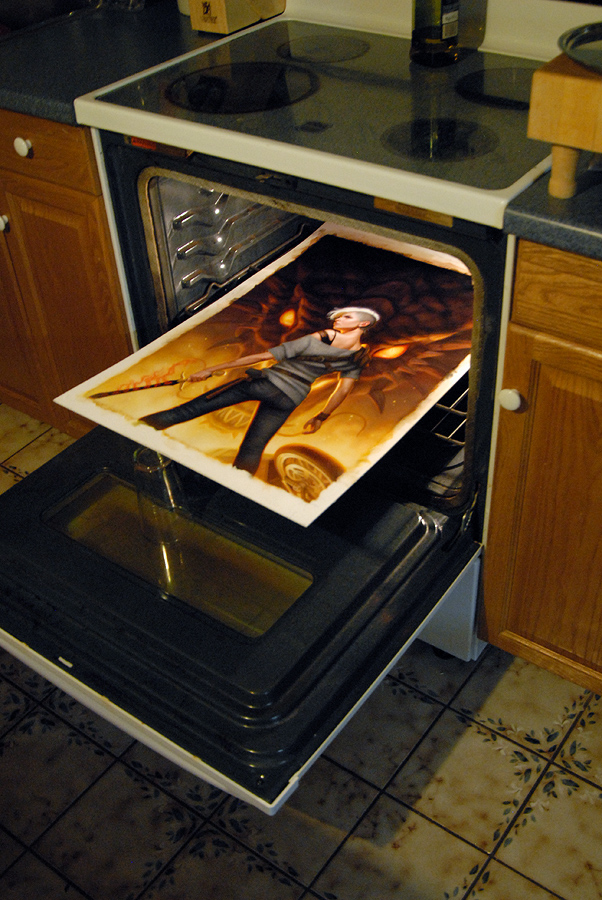 |
| Seriously. You can totally do this. |
***EDIT***
Before somebody destroys their work, lungs, or home… I should probably address a few issues:
It’s super important to keep the oven on it’s lowest setting. Do not use ‘broil’, and don’t go above 250° or so. The flashpoint of paper (The temperature at which it combusts) is 451°F. So keeping it 200° below that point is fairly safe.
There are also several things I would avoid…
1. Do NOT put a painting in the oven that is dripping wet with solvents.
It WILL combust, or at the very least create some pretty noxious fumes. This particular painting had been sitting around for weeks, so any solvent on the surface was long gone. I was simply facilitating the oxidation of the oils… not burning off stuff I didn’t want.
2. Do not do this with non-maleable surfaces. Pretty much anything you put in there will warp at least a little (like a cookie sheet). Things like wood will especially warp, and you will be unable to flatten them out (like Arnie mentioned). Because I paint on Strathmore 500 Series illustration board (which is just thick paper), I can always wet the back of the painting and let it relax for a few days afterward.
3. Also remember that many woods (like MDF) are synthetic, filled with glue, or may be pressure treated. Do not put these in the oven, they are likely to release chemicals, lose their longevity, and in the case of pressure treated wood… kill you.
Some other stuff to keep in mind:
The toxicity of oil paints lies in the solvents, and the heavy metals in the pigment. When you bake the painting the metals are not becoming airborne, so it’s relatively safe. Aside from the solvent issue (which I mentioned), the only thing you’ll notice is a possible burnt oil smell when you open the oven (like an old grease fire). It’s not pleasant, but not deadly either.
Also, I only do this for 5 or 10 minutes at a time. Give it a chance to slowly cool, and if it still needs it, pop it back in for another 5. Keep in mind that oils do not dry through evaporation like acrylics do. Rather, they dry through oxidation. Heat helps this process, but so does cooling. When you remove the painting from the oven, it may not feel dry. But give it time to cool, and you’ll find it dries rapidly.



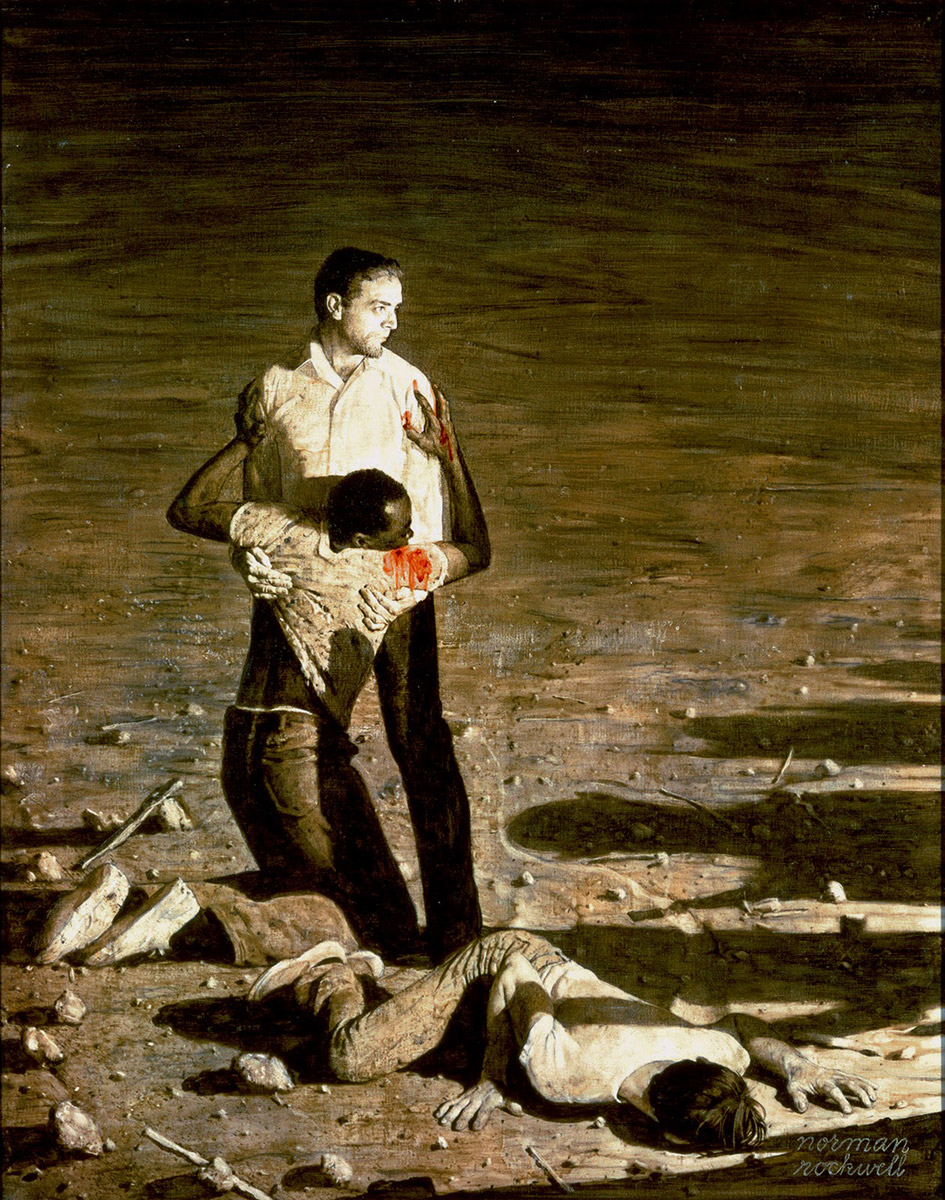

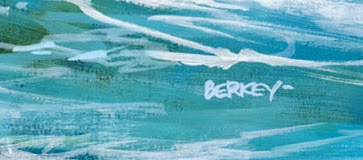
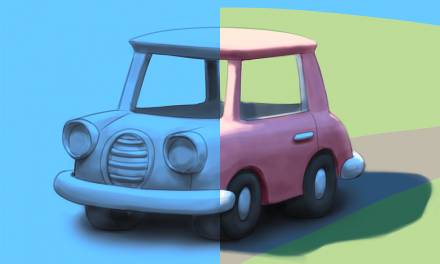
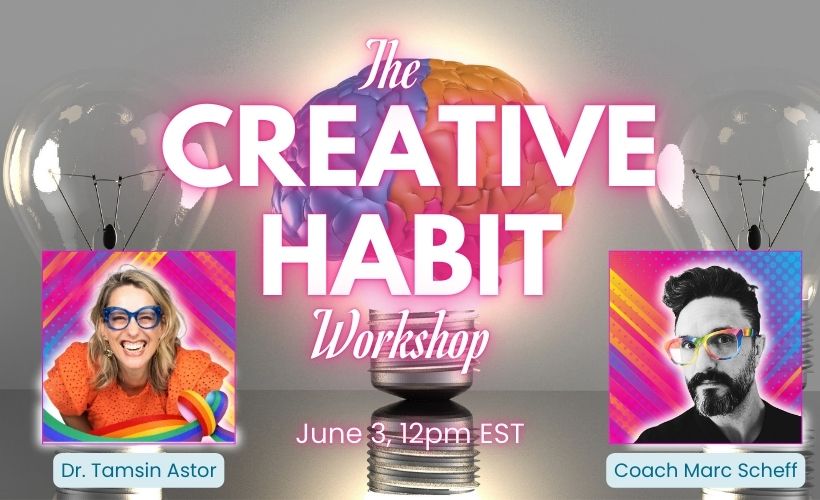
This looks far more practical (and far more drastic!) than my using a hair dryer! 😉
Did it help?
I thought I smelled cupcakes when I walk by your display @ Illuxcon!
JJP
I put my oil paintings in the fridge overnight to slow the oil drying out! exact opposite problem for me – haha! 🙂
I've heard about this trick before, and I'm wondering about the health aspect. Depending on which mediums you used in your painting, couldn't a lot of nasty fumes be released?
haha. Nice floor tiles!
Best blogpost of the year. xD
Nothing beats the smell of hot linseed oil 😉
hahhahhahahhah
Jeffrey Jones used the oven often to dry his cover paintings and he suggested that Bernie Wrightson try it for one of his—but Jeff forgot to mention that the oven should be on LOW heat. Bernie has a good story about watching the paint boil and bubble…
Frazetta, too, once had an “oven incident”: his board dried out so quickly and thoroughly that it warped severely. When Frank tried to press it flat, it snapped in half. He repainted it rather than try to fix it.
Agree about the floor tiles, retro!
About the oven … no friggin way! Oxygen tent may work though 🙂
Careful you don't overcook that top portion…. it looks like it's browning off nicely.
I've heard of people doing this before it's pretty terrifying of an idea to put something you slaved over for hours into an oven, but hey if it works it works! Could you tell us the exact temperature you set it at and how long usually? Or more importantly, how long is too long? Thanks for the post!
I'm sure your wife was enthused….
What a half-baked idea… 😀
Hahaha Nice! awesome work!
Before somebody destroys their work, lungs, or home… I should probably address a few issues:
It's super important to keep the oven on it's lowest setting. Do not use 'broil', and don't go above 250° or so. The flashpoint of paper (The temperature at which it combusts) is 451°F. So keeping it 200° below that point is fairly safe.
There are also several things I would avoid…
1. Do NOT put a painting in the oven that is dripping wet with solvents.
It WILL combust, or at the very least create some pretty noxious fumes. This particular painting had been sitting around for weeks, so any solvent on the surface was long gone. I was simply facilitating the oxidation of the oils… not burning off stuff I didn't want.
2. Do not do this with non-maleable surfaces. Pretty much anything you put in there will warp (like a cookie sheet). Things like wood will especially warp, and you will be unable to flatten them out (like Arnie mentioned). Because I paint on Strathmore 500 Series illustration board (which is just cotton paper), I can always wet the back of the painting and let it relax for a few days afterward. Also remember that many woods (like MDF) are synthetic, or may be pressure treated. Do not put these in the oven, they are likely to release chemicals, lose their longevity, and in the case of pressure treated wood… kill you.
Some other stuff to keep in mind:
The toxicity of oil paints lies in the solvents, and the heavy metals in the pigment. When you bake the painting the metals are not becoming airborne, so it's relatively safe. Aside from the solvent issue (which I mentioned), the only thing you'll notice is a possible burnt oil smell when you open the oven (like an old grease fire). It's not pleasant, but not deadly either.
Also, I only do this for 5 or 10 minutes at a time. Give it a chance to slowly cool, and if it still needs it, pop it back in for another 5. Keep in mind that oils do not dry through evaporation like acrylics do. Rather, they dry through oxidation. Heat helps this process, but so does cooling. When you remove the painting from the oven, it may not feel dry. But give it time to cool, and you'll find it dries rapidly.
this is how i used to dry ALL my paintings. Sucks the living colour of ya paintings.
Nice to see those °F there, just a context for us European readers…. 😉
this is how I dry my hair when I'm feeling down.
That picture needs to circulate the Internet, for real. lol!
If it was the heat of midsummer, my old art teacher would stick oil paintings in the back of her dark-interior car, roll the windows up, close the doors, and let it bake.
I live in an older place, no insulation … cold,I have a gas oven and put oil paintings (on panels) in there but don't turn the oven on. Did it once on low setting and …yep… warp.
The pilot light always keeps the oven interior a few degrees warmer than the outside room air. So overnight without turning the oven on, and thinly painted layers at least, dry by morning.
Sometimes I will turn oven on low setting for a minute or less, turn off then put painting in, pilot keeps it warm without 'baking the painting'
Just make sure your oven isn't dirty or you'll have grease dripping onto your paper. 😉
after the incident you shared with us at IMC where you burned a hole in a painting you were doing with your mentor,I'm shocked that you woul try this again.
@Myke: Haha, that was a space heater. I learned my lesson there!
Any info on how this affects certain oil colors? I paint wet-on-wet but I have nowhere to keep the paintings while they dry so I've started doing this of late with some success but noticed my last painting got darker for it. Not sure if out was the titanium white that faded in color or some mix of the cadmium red, yellow or ultramarine blue.
Just was about to do this and I saw the brief mention of health effects. I paint on mdf board and while I use galkyd as a medium (no solvents at all) there are some colors that take longer than I would like to dry. I looked up the health risks of mdf but it seems like the concerns are more with the sawdust or actual burning rather than warming it up to 150-200 degrees. But if anyone else knows more about this please share!
https://www.doityourself.com/stry/health-risks-associated-with-pressure-treated-wood